Blame Canada.
That just popped into my head, just this second. I was shaking off a first draft that I didn’t particularly like, (all the me, me, me,) and it hit me.
Such a funny musical number, in an audacious movie, which presents Saddam Hussein as Satan’s torturous gay lover.
I haven’t watched “South Park” in years, truth be told, but I did drive through Trey and Matt’s hometown in Colorado this autumn. It’s a shockingly beautiful and definitely strange place, and is cut off from the outside world by very big mountains.
My guess is, the show, “South Park,” is still funny. I bet the jokes are as offensive, juvenile and of-the-moment as ever, and maybe someone still kills Kenny?
If I turn on the next episode, once Cartman shows up, I’m sure I’ll laugh, because how can you not? He’s got as classic a cartoon voice as Beavis, Butthead and Homer Simpson, I’d venture. (“Respect My Authoritaaah!)
Those four would make quite the Mount Rushmore of animated American doofuses, would they not?
The tie binding these classic comedies, though, is that each satirizes the normal, or the everyday. These cartoons take life’s mundanity, and imbue it with the stench of the absurd, like a nasty wet fart hanging in the air. (I guess we could throw “Family Guy” in here too, if we’re being generous. Peter and Stewie Griffin would have fun dicking around with the other four for sure. )
The reason family and domestic stories are so damn popular, Imo, is that they wrap things we don’t know, (plot, concept, suspense, symbolism,) in the packaging of the world we live in each day.
Domestic stories, you could say, are the ultimate narrative Trojan horse.
Perhaps it’s the reason I write about my own family, and regular life, here so often. As this column is a weekly event, and has continued for so many years, my life and job have essentially merged.
But the line here is thin, I’d argue, because if everyone has a family, and everyone has daily-life-struggles-and-sqabbles, then if you’re not extremely interesting, or observant, or crazy, or strange, then your domestic story might fall a bit flat.
Right?
Today, you can see for yourself what I’m on about. I’ve got a photo book in mind, “Born,” by Christina Riley, which was printed by Edition One in Berkeley.
I’ll be blunt here, and admit this book is right on the edge of what I’ll normally review. It doesn’t give us a perspective we haven’t seen before, nor is it an insider’s view, as there have been countless books on the subject of motherhood.
It isn’t innovative either, but is rather a well-made, artistic, black and white family album, with Christina and her husband (or partner,) the hipster, Millennial parents dealing with a new baby.
The very first picture, with its huge blast of flash, and high key effect, seems like an edgy shot, but then most fall back on convention.
One photo drops in a “Nirvana” reference, and they will ALWAYS be cool, and the ease with which the camera is held at arm’s length, for selfies, meta-references the habits of Ms. Riley’s generation.
But…
I felt like I’d seen all these pictures before. Many times. Yes, it made me think of that phase in my own life, which is a good thing, but the generic nature of the photographs nagged at me.
As did the feeling that the images were a tad performative.
(Not that there’s anything wrong with that.)
But…
There were two photographs that really grabbed me, as they were dripping with emotion, and felt authentic. In one, the family sits together, eating, and the camera is at a distance. It looks as if they don’t know they’re being observed.
The second, a similar moment. (These pictures would make quite the diptych in an exhibition, frankly.) The mother, on the toilet, with the baby. The camera, again at a distance. The angle of her bent neck alone signals her deep exhaustion.
Certainly, these weren’t truly unguarded moments, as the camera shutter clicked. (A tripod and timer, most likely, or a helper photographer.)
Regardless, they offered something, a jolt, a shot of emotion, that really resonated.
There is no text in this book, save an early poem, and then a late dedication to the artist’s two daughters. (That bit made sense, for me, as there was another super-lovely image of what looked like the back of slightly older child’s head.)
It means, though, that we don’t have any additional context in which to view these pictures, should there be any. We’re left to consider a set of new parents, figuring it out, artfully.
Certainly not bad, in any way.
Like Canada?
Bottom line: A sweet-yet-gruff, family-album-type-photobook
If you’d like to submit a book for potential review, please email me at jonathanblaustein@gmail.com. We currently have a several month backlog, and are particularly interested in submissions from female photographers so we may maintain a balanced program.
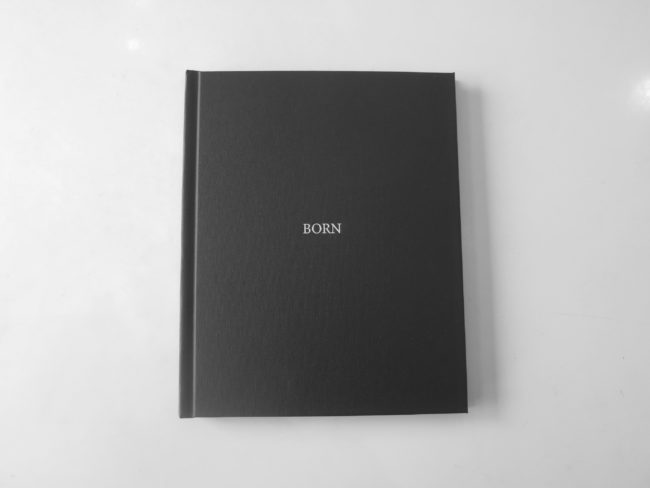
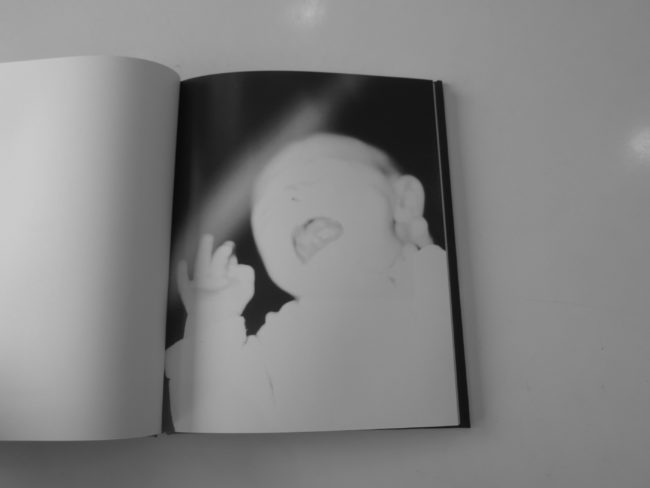

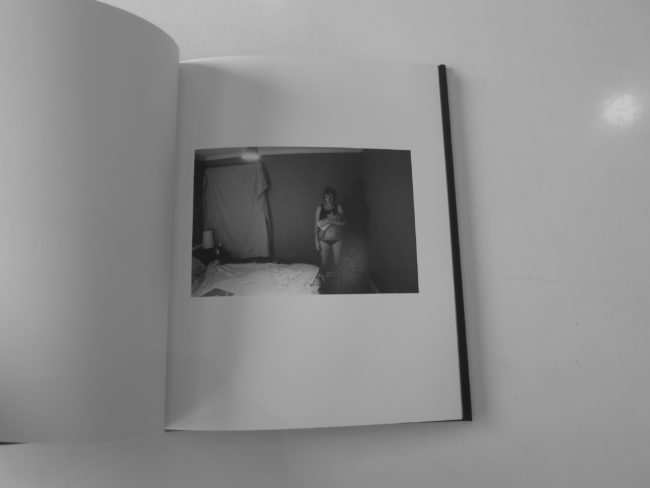


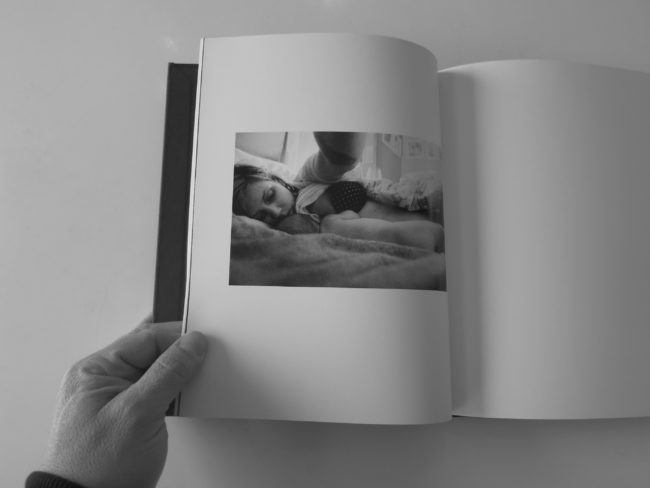
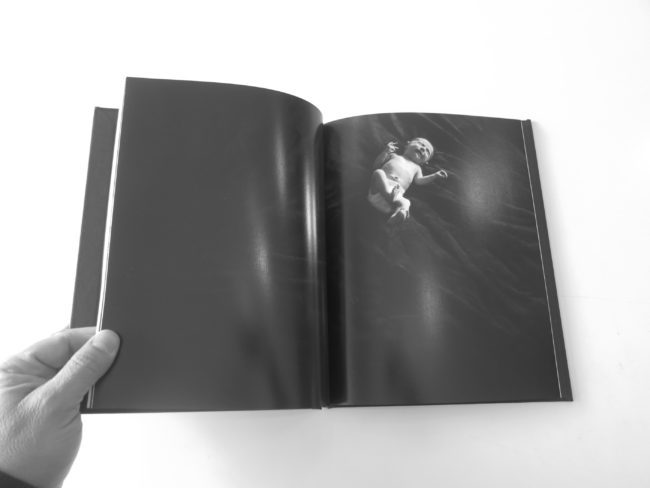



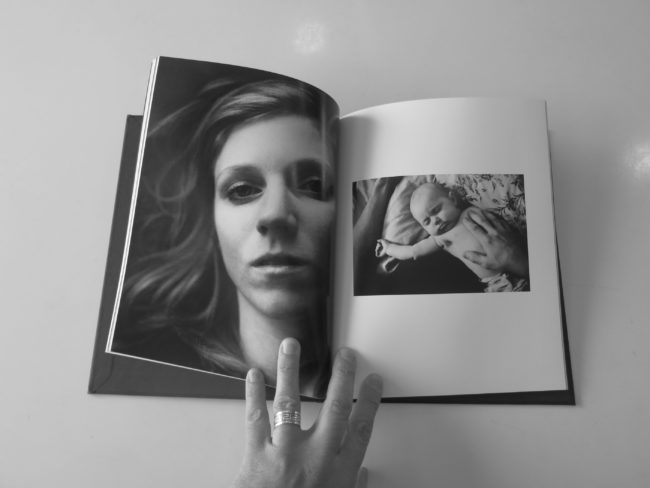

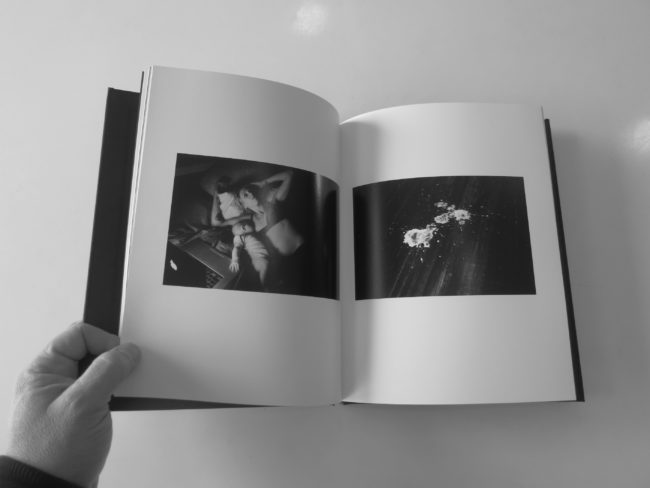

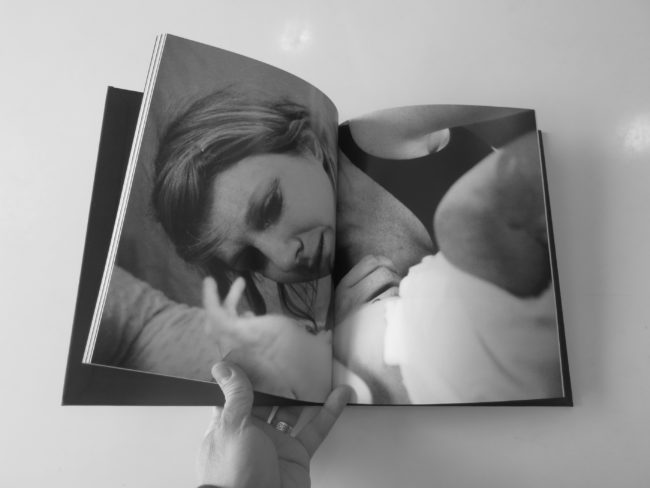

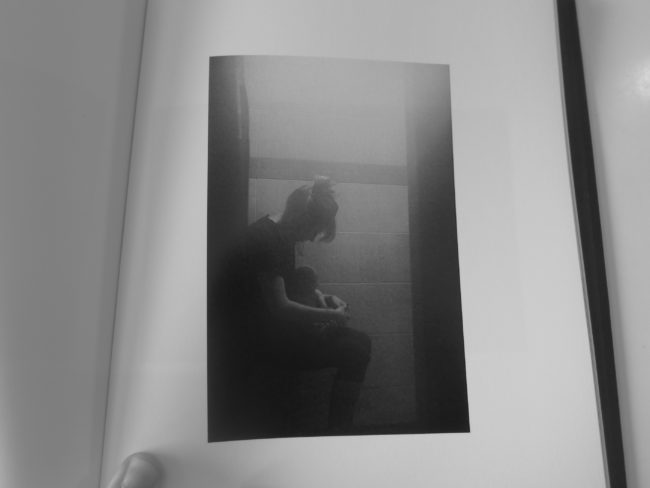
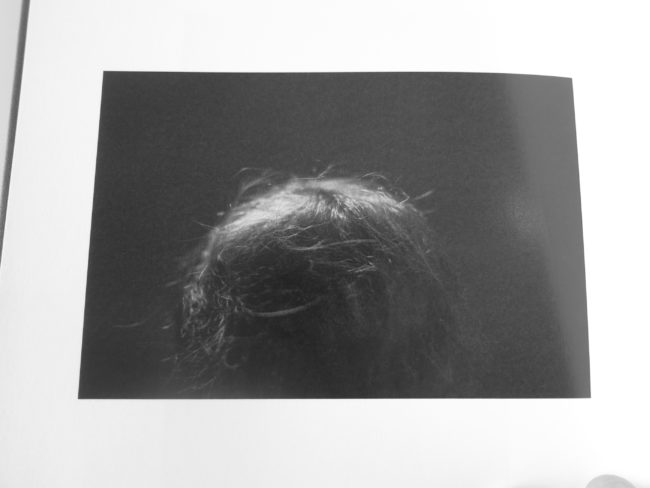
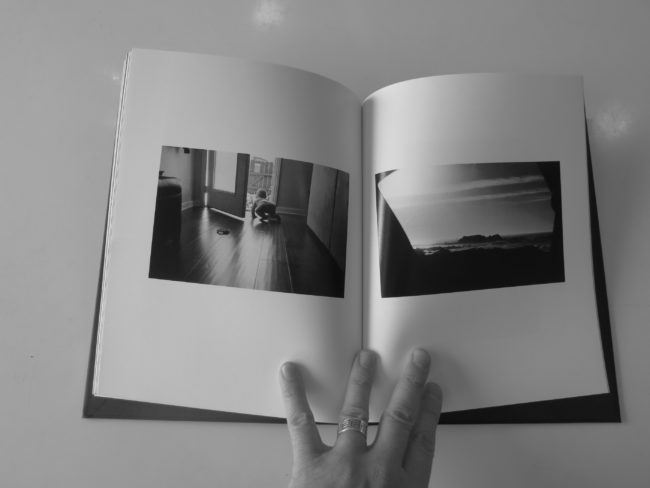

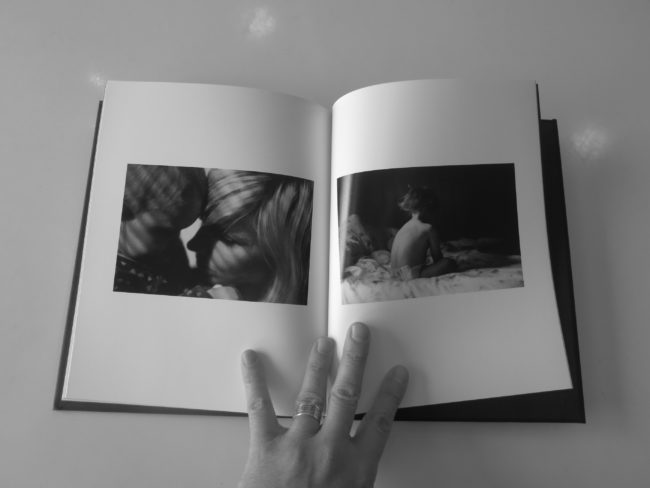

1 Comment
Goes well with Russell Brand’s Re:Birth, where he talks of fatherhood and the birth of his baby girl…
Comments are closed for this article!